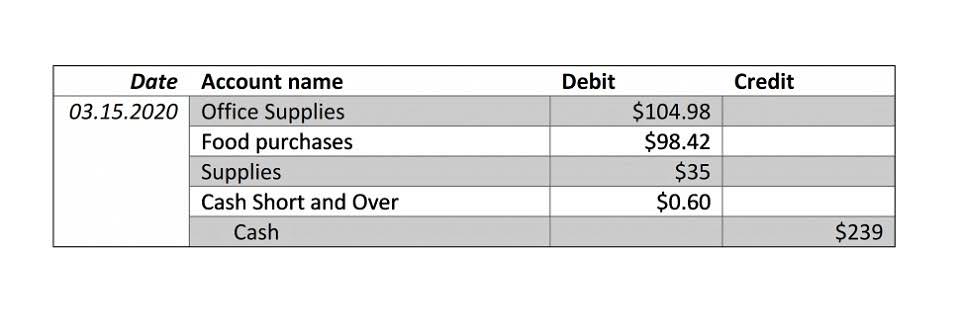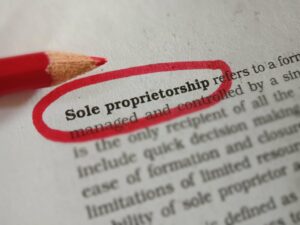
Intangible assets are the non-physical resources that a company owns. For example, if a business’ assets add up to $1 billion and its liabilities total $500 million, the difference would be $500 million. That $500 million is the value of the business’ net tangible assets. It can be tough to assign a value to an intangible asset because of its non-physical nature and due to the various formulas used to calculate its value. Accounting for these costs has presented the accounting profession with significant problems. Accountants are not concerned with the lack of physical form of assets such as checking account balances, receivables, investments in securities, and prepaid expenses.
Stay up to date on the latest accounting tips and training

One of the biggest ones is that it is not always easy to convince banks to accept them for collateral against loans. A plot of land and a building can be easily valued and https://www.instagram.com/bookstime_inc sold when a borrower defaults. In contrast, it can be harder to put a price tag on things like software code, recipes, and other invisible assets that don’t trade on an open market. But in a global economy where value increasingly comes from knowledge, and not just physical assets, understanding how companies use intangibles is key. Since these costs have been treated as expenses, they will not appear as assets on the balance sheet and will therefore have no book value.

An Example of a Balance Sheet:
- While you can’t hold a building in your hand, it’s still a physical asset and, therefore, tangible.
- Identifying these would be synonymous with identifying the intangible assets of your company.
- In addition to providing benefits, a franchise usually places certain restrictions on the franchisee.
- Intangible assets differ from tangible assets, which have physical forms such as buildings or office furniture.
- Since these costs have been treated as expenses, they will not appear as assets on the balance sheet and will therefore have no book value.
- They are recorded on the balance sheet, usually as property, plant, or equipment.
A city may give a franchise to a utility company, giving the utility company the exclusive right to provide service to a particular area. No, real estate, like buildings, offices, and land, is a tangible asset. While you can’t hold a building in your hand, it’s still a physical asset and, therefore, tangible. The amortization method used should be proportionate to the use of the asset.
Everything to Run Your Business
They are recorded on the balance sheet, usually as property, plant, or equipment. They include assets such as trucks, machinery, office furniture, buildings, etc. The money that a company generates using tangible assets is recorded on the income statement as revenue.
![]()
According to these guidelines, an asset that is an identifiable non-monetary asset without a physical presence is an intangible asset. This sort of asset is identifiable when it can be separated or when it arises from legal rights. In contrast to the concept of intangible assets seen in the previous section, tangible assets have a physical presence.

- The accounting for a lease depends on whether it is a capital lease or an operating lease.
- They are acquired for a long period with the purpose of carrying out long-term business.
- Finance Strategists has an advertising relationship with some of the companies included on this website.
- For intangible assets with finite useful lives, amortization expenses are included in the income statement.
- However, they still provide financial value to the holder and, in many cases, are a key part of a company’s worth.
- J.B. Maverick is an active trader, commodity futures broker, and stock market analyst 17+ years of experience, in addition to 10+ years of experience as a finance writer and book editor.
A client relationship, for example, is only an asset for as long as it’s maintained. Currently, companies are investing more in intangibles because they are aware that they can help them build protective moats, boost productivity, and deliver higher returns. The importance of invisible assets is reflected in their rapid growth as opposed to the growth of their tangible peers. Companies that are being sold often prefer to use calculated intangible value, or CIV, rather than simply deducting book value from market value, since this gives a more robust valuation.
Another common form of valuation is comparing it to the cost of a replacement. Any unauthorized use of intellectual property is called infringement. This includes using, mimicking, or copying another entity’s brand name, logo, intangible assets do not include or other intangible assets. Both amortization and depreciation are important accounting terms that you need to understand. For instance, one of any company’s most valuable assets is name recognition, yet you can’t touch it or see it.
Fixed Assets Vs Intangible Assets (Table Format)
If this were not the case, firms would not spend millions https://www.bookstime.com/ of dollars on these programs that they do. However, it is extremely difficult to measure the amount and life of the benefits generated by these programs. For example, advertising and promotion campaigns and training programs provide future benefits to the firm.
- Accountants are not concerned with the lack of physical form of assets such as checking account balances, receivables, investments in securities, and prepaid expenses.
- In the below example, patents, an intangible asset, are included on the balance sheet as they need to be amortized (the value needs to be spread over each accounting period).
- It should be noted that this formula only gives an approximate value.
- A company can develop intangible assets internally which can be very valuable, but these won’t be recognized on the balance sheet.
Accounting problems related to Intangible Assets

Where the carrying value of goodwill cannot be recovered through sale or use, it is said to be impaired. The goodwill is impaired when the business will not be able to recover the amount recorded in the company’s balance sheet, either through use or through a sale. In conclusion, the asset value in the balance sheet must be reduced. As seen above, the value of Coca Cola’s intangible assets has increased to $17,270m (2018) from $16,636m (2017).

Nejnovější komentáře